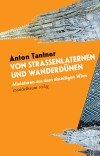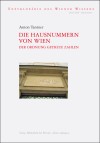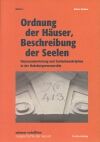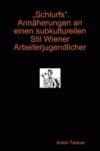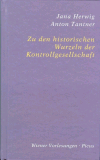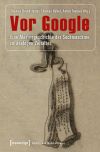Publikation zur Geschichte der Kleinanzeigen in französischer Presse
Die Ausgabe 3/2020 von Histoire, Economie et Société beschäftigt sich mit dem Thema Les petites annonces personnelles dans la presse française (XVIIIe-XXe siècles) und enthält auch einen Beitrag von Ulrike Krampl:
Krampl, Ulrike: « La presse d’annonces parisienne à la fin de l’Ancien Régime. Modes de communication et effets sociaux d’un nouveau média », In: Histoire, Economie et Société 39.2020/3, S. 10-26, https://www.revues.armand-colin.com/histoire/histoire-economie-societe/histoire-economie-societe-32020/presse-dannonces-parisienne-fin-lancien-regime-modes-communication-effets-sociaux (nicht Open Access)
Abstract:
Classified advertisements, both as a means of communication and as a social practice, made their appearance in European newspapers during the XVIIth century, giving way to the creation of more specialised periodicals in the early XVIIIth century. The Parisian Annonces, affiches et avis divers ou Journal général de France, founded in 1751 as part of the monarchy’s own media network, saw its greatest expansion from the 1770’s onwards. Whilst its contents were almost exclusively provided by a public of “enlightened consumers”, orality and personal ties continued to play a crucial role within a multifold space of communication. The paper introduced a genuinely new organisation of (urban) communication by following and structuring social and economic interactions between individuals which were for the most part situated outside the privileged economy. After a formal analysis of what can be seen as the infra-ordinary narrative of urban life, follows a discussion of some of the specific ways of communicating initiated by the journal, concluding with an assessment of the social effects of these new média through the example of the labour market.
Krampl, Ulrike: « La presse d’annonces parisienne à la fin de l’Ancien Régime. Modes de communication et effets sociaux d’un nouveau média », In: Histoire, Economie et Société 39.2020/3, S. 10-26, https://www.revues.armand-colin.com/histoire/histoire-economie-societe/histoire-economie-societe-32020/presse-dannonces-parisienne-fin-lancien-regime-modes-communication-effets-sociaux (nicht Open Access)
Abstract:
Classified advertisements, both as a means of communication and as a social practice, made their appearance in European newspapers during the XVIIth century, giving way to the creation of more specialised periodicals in the early XVIIIth century. The Parisian Annonces, affiches et avis divers ou Journal général de France, founded in 1751 as part of the monarchy’s own media network, saw its greatest expansion from the 1770’s onwards. Whilst its contents were almost exclusively provided by a public of “enlightened consumers”, orality and personal ties continued to play a crucial role within a multifold space of communication. The paper introduced a genuinely new organisation of (urban) communication by following and structuring social and economic interactions between individuals which were for the most part situated outside the privileged economy. After a formal analysis of what can be seen as the infra-ordinary narrative of urban life, follows a discussion of some of the specific ways of communicating initiated by the journal, concluding with an assessment of the social effects of these new média through the example of the labour market.
adresscomptoir -
Adressbueros - Di, 11. Aug. 2020, 12:13
